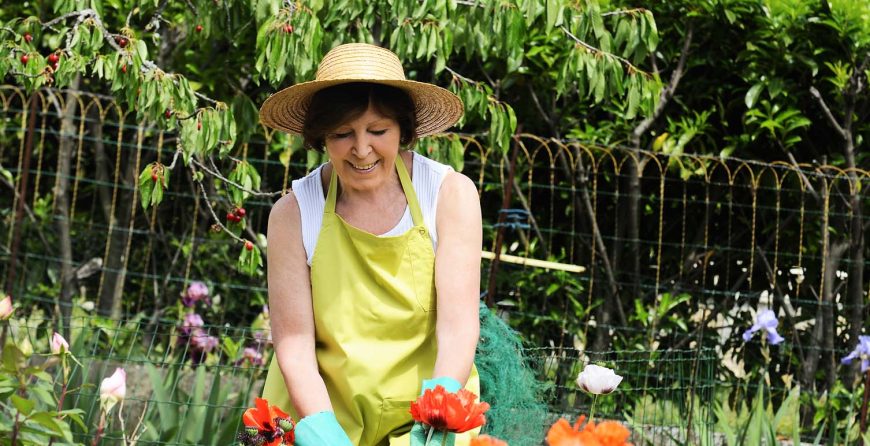In a world rapidly shifting towards urbanization, with an estimated 68% of the global population projected to live in cities by 20501, the question arises: can we restore nature’s touch within our concrete jungles? The call for a sustainable future resonates louder than ever, and one visionary concept gaining momentum is the integration of nature-based solutions into our built environment. The UK Green Building Council has called for all new buildings and infrastructure to include nature-based solutions by 2030. Could green walls be part of that vision?
Origins of living walls
The concept of green walls, also known as vertical gardens, dates back to ancient civilisations. One of the earliest known examples traced back to the hanging gardens of Babylon. This garden, built in the 6th century, featured terraced gardens with plants and trees growing on the walls on the terraces.
In more recent years, a French botanist, Patrick Blanc became interested in using living plants to create vertical gardens as a way to beautify urban environments and improve air quality. Six years later in 1986, Blanc installed his first vertical garden on the exterior of a building in Paris. This design consisted of a series of metal frames attached to the building’s facade, with pockets of soil and plants inserted into the felt material. Blanc’s innovative approach to vertical gardening quickly gained popularity, and his designs have since been installed on buildings and public spaces around the world.2
In the 1990s, the concept of living walls continued to develop with an increased use of different types of materials and technologies. This period was responsible for the growth of modular panels, LED lighting and automated irrigation systems. The modular panels made the walls easier to install and maintain whereas the LED lighting and irrigation systems enabled vertical gardens to be located indoors as well as outdoors.
Today, vertical gardens- also known as ‘living’ or ‘green’ walls, are a popular new feature for buildings and projects but what actually are green walls?
What are green walls?
A green wall is a vertical structure intentionally covered with vegetation, which can be installed both indoors and outdoors. They are also known as ‘living walls’ ‘bio-walls’ or ‘vertical gardens. Green walls can be constructed using various techniques, though in general they are constructed in a very similar manner to that of normal walls. These types of walls produce numerous benefits including improved air quality and, thermal insulation, and aesthetic appeal. Green walls are growing in presence, especially within urban areas with rising temperatures. Singapore has proven to be a key player of this growth as approximately 49% of buildings have been greened!
In the UK there is a growing presence of green walls around tourist hotspots such as shopping centres. In 2018, a double-sided living wall was installed outside the Westfield Shopping Centre, Shepherd’s Bush. This location is Europe’s largest retail destination with 477 shops and 31.2 million annual visits. The wall was designed and installed by Pritchard&Pritchard, and it consists of 35,000 plants as well as irrigation, feeding and drainage systems3.
Another example is the green wall located at the Caixa Forum Museum in Madrid. This features a vertical garden designed by Patrick Blanc using his Le Mur Végétal system. The living wall, located in the heart of Madrid’s cultural district, consists of over 15,000 plantings on a hydroponic structure. The wall was designed to withstand Madrid’s hot summers and cold winters. It is estimated to weigh 30 kilograms per square meter and includes plants of various species adapted to the region. The irrigation and fertilization system are monitored and automated, with a recovery system in place to minimise water loss. The living wall adds a vibrant and environmentally beneficial element to the museum’s surroundings.


